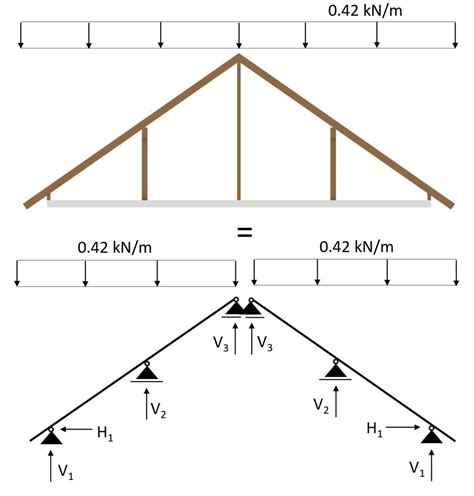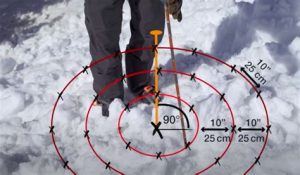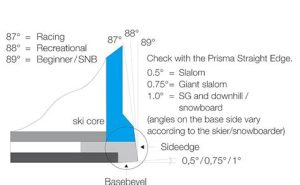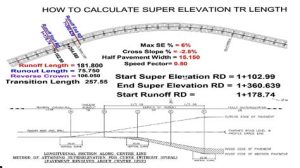Snow Bridge Collapse Formula Density x Thickness Load Limits
Title: Snow Bridge Collapse: The Formula of Density, Thickness, and Load Limits
Introduction:

The collapse of a snow bridge is a concerning phenomenon that can lead to dangerous situations, especially in areas prone to heavy snowfall. Understanding the factors that contribute to such collapses is crucial for ensuring safety. This article delves into the formula that combines density, thickness, and load limits to predict the stability of snow bridges.
Density:
Density plays a significant role in determining the structural integrity of a snow bridge. It refers to the mass of snow per unit volume and is influenced by various factors, such as temperature, humidity, and snow type. Generally, denser snow has a higher load-bearing capacity, making it more stable.
Thickness:
The thickness of a snow bridge is another critical factor that affects its stability. A thicker snow bridge can distribute the load more evenly, reducing the risk of collapse. However, it is important to note that the thickness alone does not guarantee stability. The density and load limits also play a crucial role.
Load Limits:
The load limits of a snow bridge refer to the maximum weight it can support before collapsing. These limits are influenced by the density and thickness of the snow, as well as the design and construction of the bridge. Exceeding these limits can lead to catastrophic failures.
The Formula:
The formula that combines density, thickness, and load limits to predict the stability of a snow bridge is as follows:
Stability Index = (Density x Thickness) / Load Limits
Where:
– Stability Index: A value that indicates the level of stability of the snow bridge.
– Density: The mass of snow per unit volume.
– Thickness: The distance from the top of the snow bridge to the ground.
– Load Limits: The maximum weight the snow bridge can support.
Interpreting the Formula:
A higher stability index indicates a more stable snow bridge, while a lower index suggests a higher risk of collapse. For example, if a snow bridge has a stability index of 10, it can support a higher load compared to a bridge with an index of 5.
Factors Affecting the Formula:
Several factors can influence the density, thickness, and load limits, thereby affecting the overall stability of a snow bridge. These include:
1. Snow Type: Different types of snow have varying densities and load-bearing capacities.
2. Temperature: Fluctuations in temperature can alter the density and stability of the snow.
3. Weather Conditions: Wind, rain, and other weather elements can impact the snow bridge’s integrity.
4. Construction: The design and construction of the bridge can influence its load-bearing capacity.
Conclusion:
Understanding the formula of density, thickness, and load limits is crucial for predicting the stability of snow bridges. By considering these factors, individuals and authorities can take appropriate measures to ensure safety in areas prone to heavy snowfall. It is essential to monitor the conditions of snow bridges and take necessary precautions to prevent tragic collapses.













